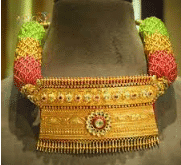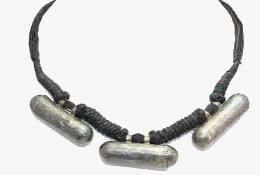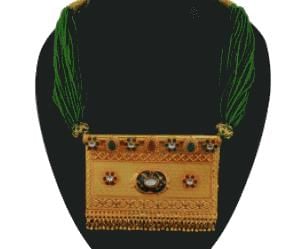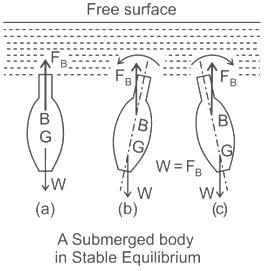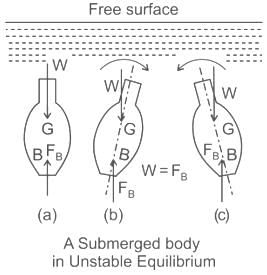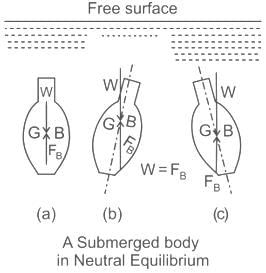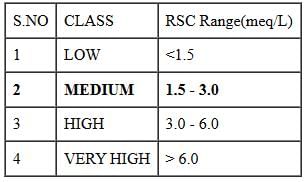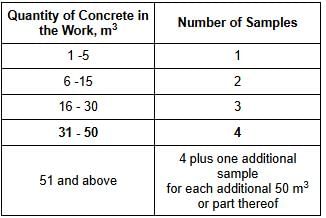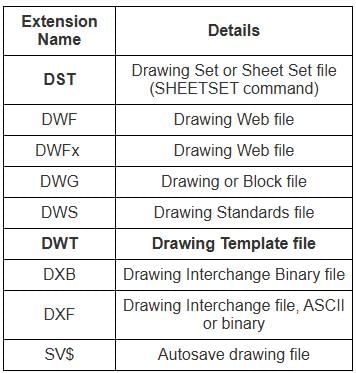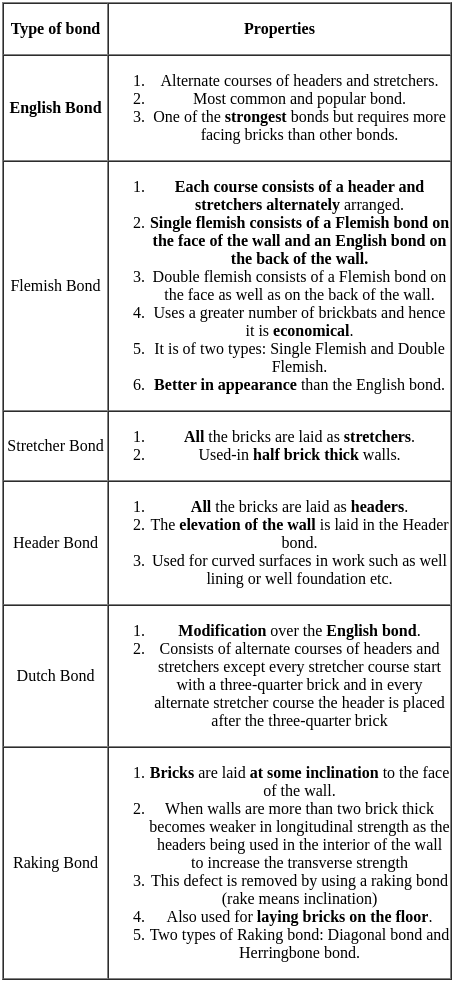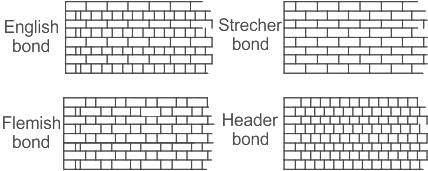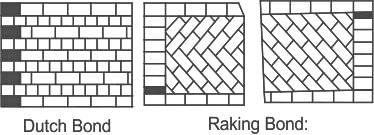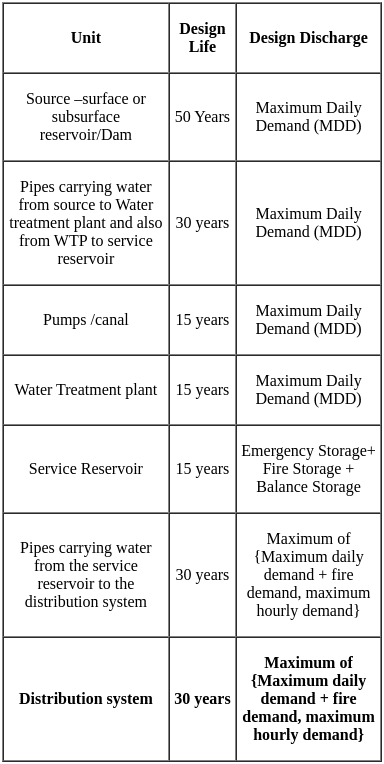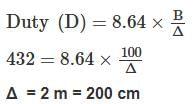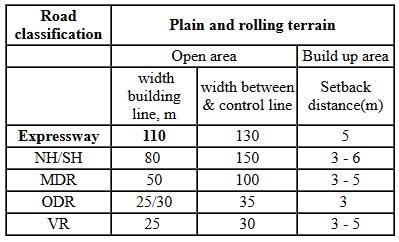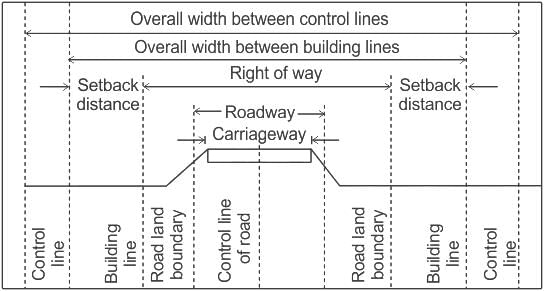RSMSSB JE Civil Mock Test - 2 - Civil Engineering (CE) MCQ
30 Questions MCQ Test RSMSSB JE Civil Mock Test Series 2026 - RSMSSB JE Civil Mock Test - 2
Which of the following correctly matched with respect to Treaties between British & Rajputana States Kings in 1818?
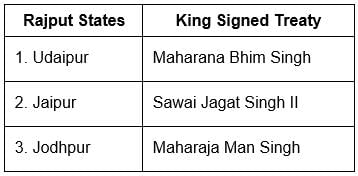

Name the first woman of Rajasthan who was arrested and expelled during the freedom struggle of Rajasthan -
Which of the following ornament is not worn arround neck by the women in Rajasthan?
In the given figure, which shows the stable equilibrium for a submerged body?
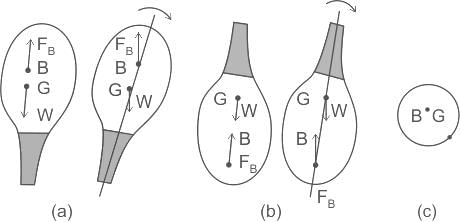
(W' is weight, 'G' is centre of gravity. ‘B’ is centre of buoyancy, FB is buoyant force)
As per IS 11624-1986, what will be the water quality rating of irrigation water when residual sodium carbonate (RSC) is in the range of 1.5 to 3?
According to IS: 456 ∶ 2000, if 46 cubic metres quantity of M25 grade of concrete is required at a site, the minimum number of cube samples that should be taken from the site are _______.
Which type of bond is comprised of double Flemish bond facing and English bond backing in each course?
As per IRC 37 : 2012, the fatigue life of a flexible pavement consisting of granular base and sub base depends upon -
- Resilient modulus of bituminous layers
- Horizontal tensile strain at the bottom of bituminous layer
- Mix design of biturnen
- Vertical subgrade strain
Which of the above statements are correct?
Identify the FALSE statement from the following four statements -
Arrange the "evaporability" of the following liquids in the decreasing order of magnitude
- Ethyl alcohol
- Benzene
- Mercury
- Water
The duty of a crop is 432 ha/cumec when the base period of the crop is 100 days, the delta for the crop will be _________ cm.
A surge tank is a device connected to the penstock pipeline and installed as close to the powerhouse as the topography of the area permits. The main function of a surge tank is to -
Which method is considered best forecasting the population of new younger city?
The minimum radius (R in metres) of the valley curve for cubic parabola is given by _________
Where,
L = total length of valley curve
N = deviation angle in radians or tangent of the deviation angle
A fixed beam of uniform section is carrying a point load at its mid span. If the moment of inertia of the middle half-length is now reduced to half of its precious value then the fixed end moments will -
The overall width between building lines for expressways as per recommended is -




